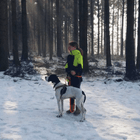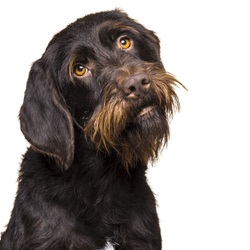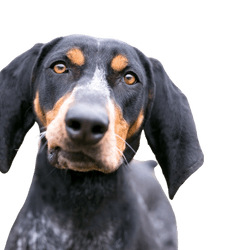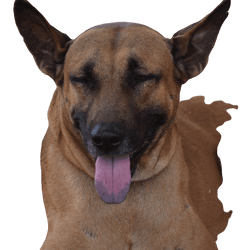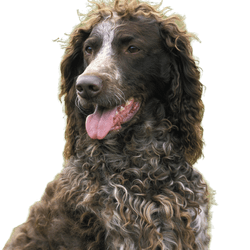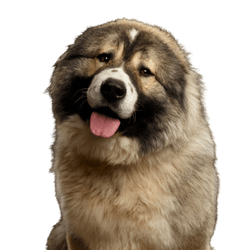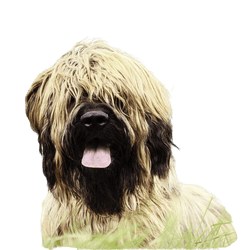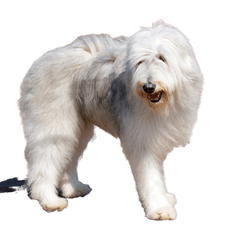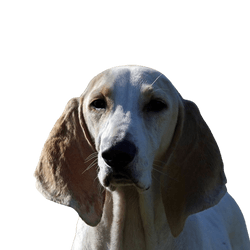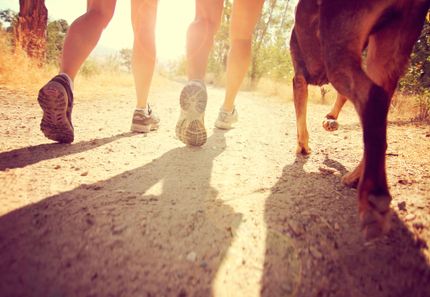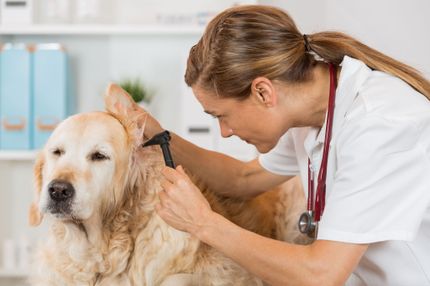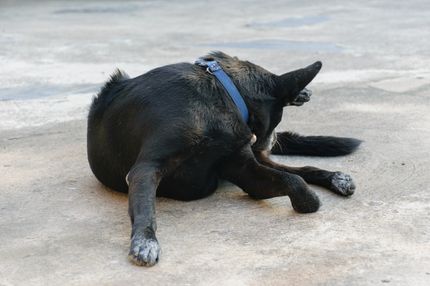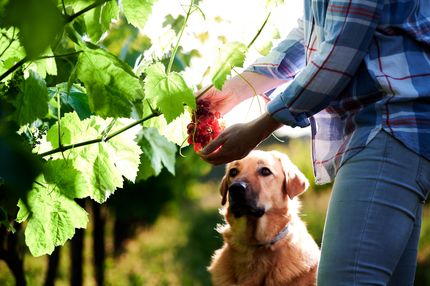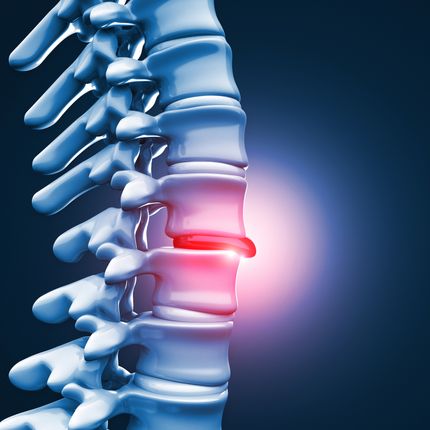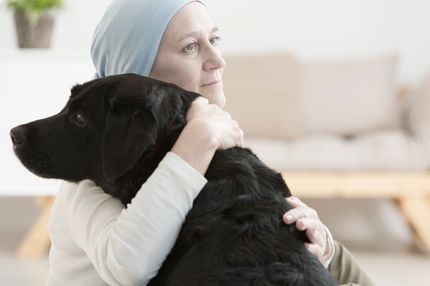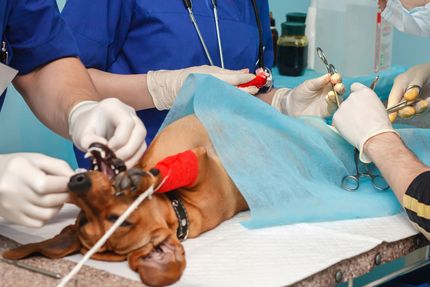Facts & Origin
Profile: Tornjak - Origin & Suitability
The Tornjak, often referred to as the Bosnian Herzegovinian Shepherd Dog, has its roots in the mountainous regions of Bosnia and Herzegovina and Croatia. Historical records show that this breed existed as early as the 9th century. Originally, it was used to guard herds of cattle and was considered an indispensable companion of shepherds.
Over the centuries, the Tornjak has taken on many roles, from a loyal protector to a valuable working dog. By the 1970s, the breed was nearly extinct, but targeted breeding efforts saved it.
Suitability
The Tornjak is excellent as:
- Guard dog: thanks to its strong protective instincts and loyalty.
- Family Dog: He is kind to children and often shows patience and gentleness towards the youngest members of the family.
- Working Dog: His history as a herding dog has given him stamina and intelligence.
However, when keeping a Tornjak, it should be noted:
- Space requirements: he needs sufficient exercise and should ideally be kept in a house with a garden.
- Training: early socialization and consistent training are essential to channel his protective instincts.
- Companionship: The Tornjak appreciates the company of his family and should not be left alone for extended periods of time.
Summary
The Tornjak is a historic and versatile dog whose roots are deeply rooted in the mountainous regions of Bosnia and Herzegovina and Croatia. A faithful companion, both for workers and families, he has secured a permanent place in the hearts of many dog lovers. With proper attitude and training, he is an invaluable friend and protector.
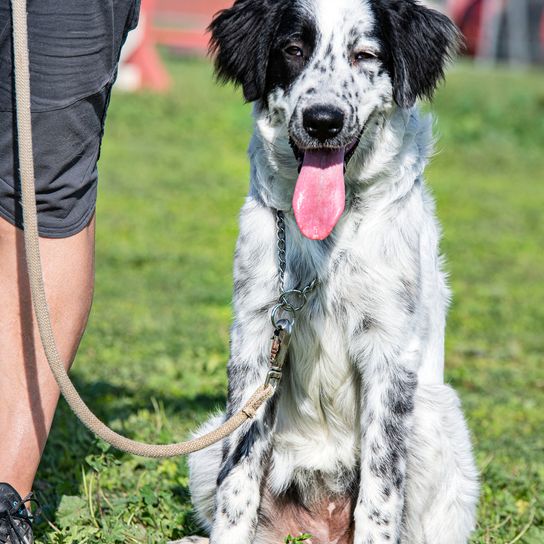
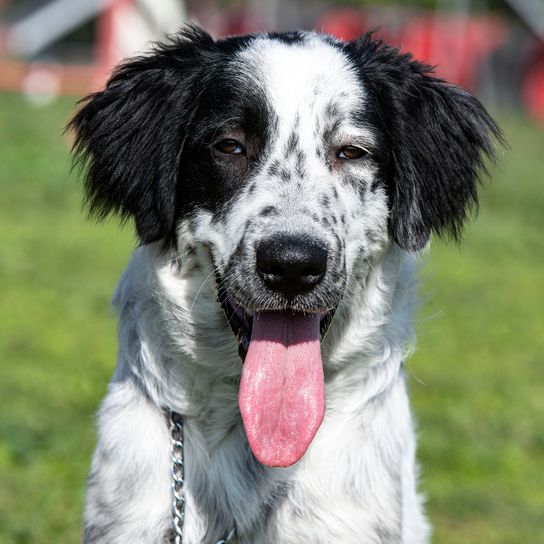
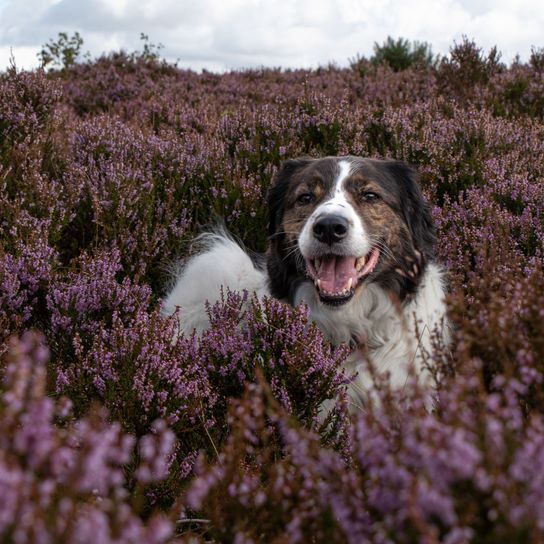
| Alternate Name | Bosnian - Herzegovinian - Croatian Shepherd Dog |
| Origin | - |
| Life expectancy | 12 - 14 years |
| Care requirements | high-maintenance |
| Activity level | average to high |
| FCI group | Molossian type |
| AKC group | Foundation Stock Service |
| KC group | not recognised |
Attitude, character and temperament of the breed
Basic character traits
The Tornjak is an old shepherd dog breed from the mountainous regions of Croatia and Bosnia. His character is deeply rooted in his working instincts, which have been cultivated over centuries:
- Loyalty: the Tornjak is extremely loyal to his family. He develops a close bond and is willing to protect his loved ones.
- Alertness: As a herding and guard dog, the Tornjak is always alert. He is naturally suspicious of strangers, but without being aggressive.
Interaction with the family
- Child Friendly: When properly socialized, the Tornjak shows impressive patience and affection toward children.
- Social Behavior: While he gets along well with family members, he may exhibit dominant behavior toward other dogs, especially if he feels he must defend his territory or family.
Trainability and Intelligence
The Tornjak is an intelligent dog, but requires consistent training. Its independent nature can sometimes make training a challenge. Early socialization and training are essential to having a well-balanced and well-behaved dog.
Summary
The Tornjak is a proud and independent dog with a strong protective instinct. He needs clear leadership and structure to bring out his best qualities. With proper training and education, he will become a loyal and reliable family member.
Character
Usage
Health and breeding information
Care
The Tornjak has a dense, long-haired coat that requires regular grooming to remain in optimal condition.
- Brushing: At least twice a week, the coat should be brushed to prevent matting and remove dead hairs.
- Bathing: It is recommended that the Tornjak be bathed only when necessary, as frequent washing can strip the coat of its natural oils.
- Ear and Eye Care: These should be checked regularly for signs of infection or foreign bodies.
- Claw Trimming: Claws should be trimmed regularly if they are not wearing down on their own.
Health
Like all large dog breeds, the Tornjak can be prone to certain health problems, yet it is considered robust and healthy overall.
- Hip Dysplasia: Some Tornjaks can be prone to this, so regular veterinary exams are important.
- Eye Disease: Regular checks help to catch problems early.
- Regular vaccinations and preventive exams: These are essential to keep the Tornjak healthy.
Breeding
Breeding the Tornjak should be done responsibly and ethically.
- Genetic Testing: Before breeding, both parents should be tested for common genetic diseases.
- Socialization: Puppies should be well socialized from the beginning to develop a balanced character.
- Breeding Standards: Those choosing a Tornjak should ensure that the breeder adheres to accepted breeding standards and that the welfare of the animals is paramount.
Conclusion
Proper care and health management of the Tornjak is critical to helping it live a long, healthy life. If interested in the breed, always choose a reputable breeder to ensure that the puppies grow up in a healthy and loving environment.

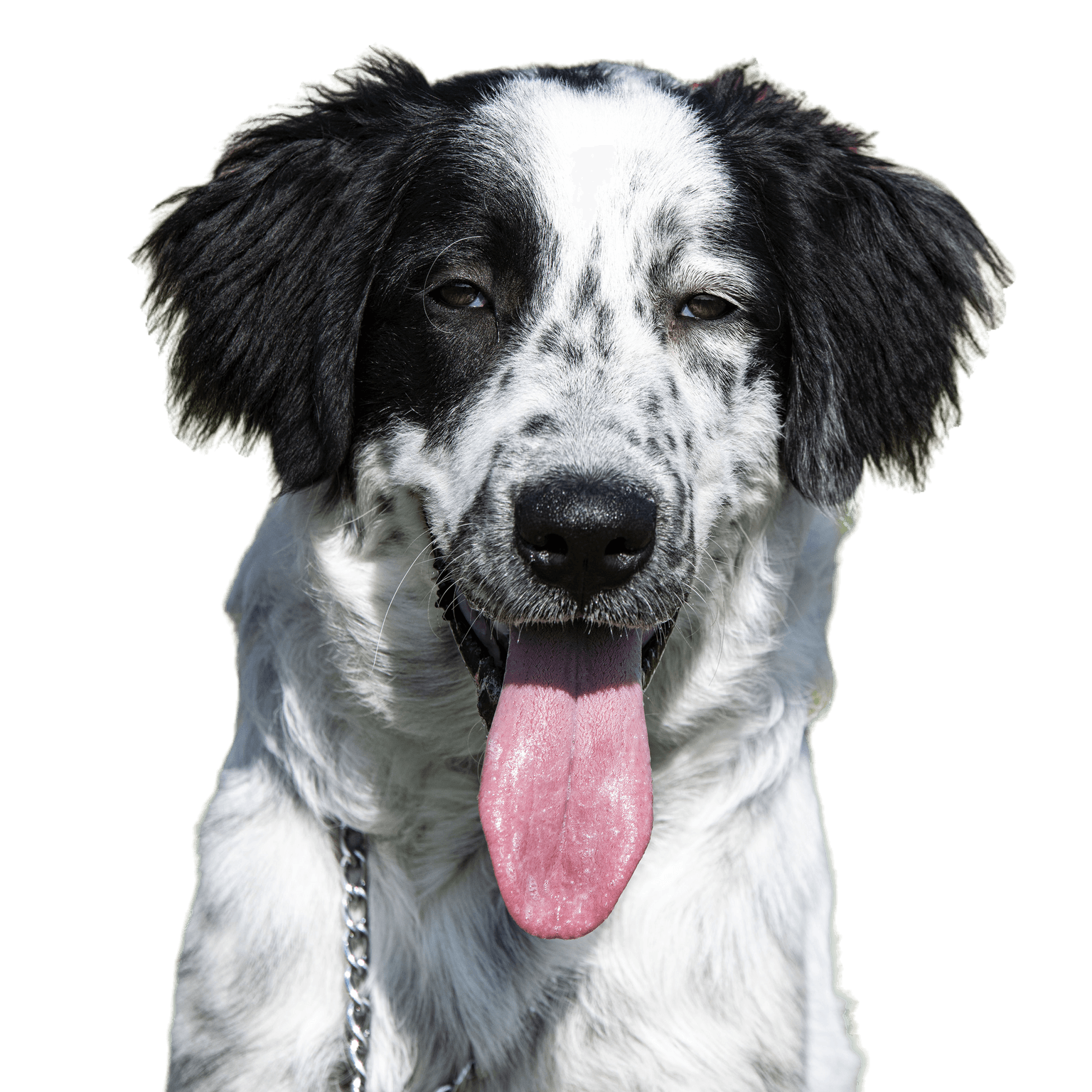
The coat of the tornjak
The Tornjak is characterized by its dense, long coat that helps it survive the extreme weather conditions of its native regions. Some key characteristics:
- Texture: the Tornjak's coat is straight, close-fitting and has a coarse texture, while the undercoat is soft and dense.
- Color: The coat can come in a variety of colors. It is not uncommon to see color combinations such as white with patches of black, brown or fawn.
- Grooming: Although the Tornjak's coat is robust, it must be brushed regularly to prevent matting. More intensive grooming is required, especially in the spring and fall, during the coat change.
Visual characteristics
- Head: The head is proportional to the body, with a strong jaw and a prominent muzzle.
- Eyes: The eyes are almond shaped, usually of a dark color, giving a calm and determined expression.
- Ears: They are medium-sized, triangular and pendulous, giving the Tornjak a characteristic appearance.
Height and weight
| Sex | Height (cm) | Weight (kg) |
|---|---|---|
| Male | 65 - 70 cm | 40 - 50 kg |
| Female | 58 - 65 cm | 35 - 45 kg |
Summary
The Tornjak is an impressive and stately dog, notable for its long, thick coat. Its appearance reflects its strength and endurance, while its size and weight make it one of the larger dog breeds. In terms of grooming, it is important to pay attention to regular coat care to maintain its distinctive look.
| Fur length | long |
| Fur | flat coated |
| Ear shape | Floppy Ear |
| Tail | lang |
| Anatomy | rugged, strong |
| Size ♀ | 60 - 65 cm |
| Weight ♀ | 48 - 50 kg |
| Size ♂ | 65 - 70 cm |
| Weight ♂ | 49 - 51 kg |
| Suitable For | - |
Known Diseases
Hip dysplasia (HD)
Hip dysplasia (HD) is a genetic condition in dogs where the hip joint is not shaped properly. This leads to pain, stiffness and restricted movement.
Eye diseases
Often occur with allergies and intolerances.

